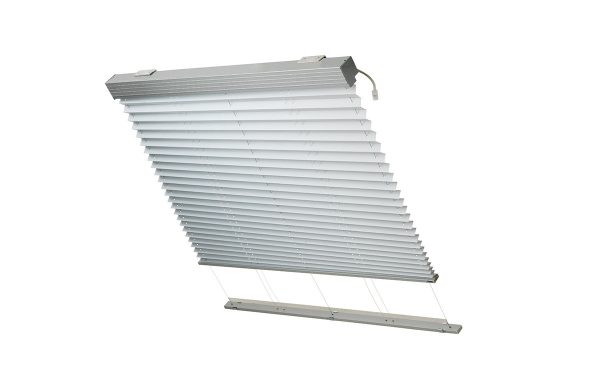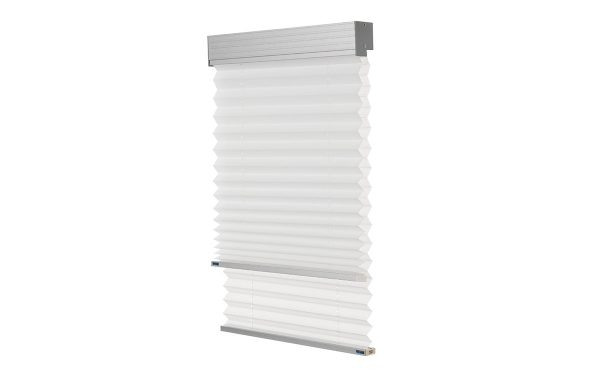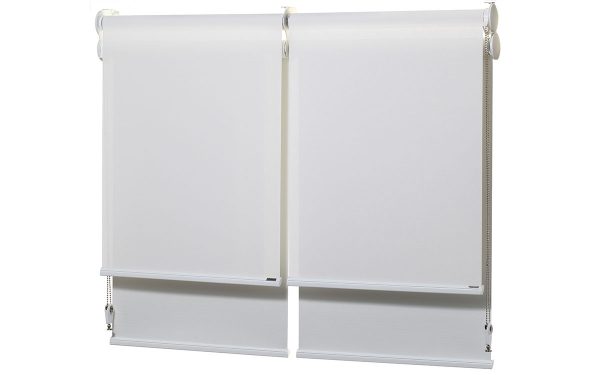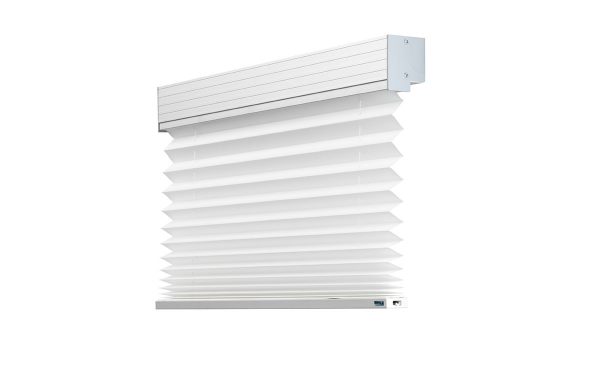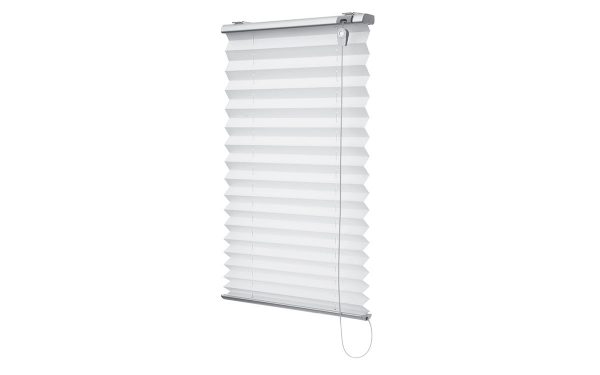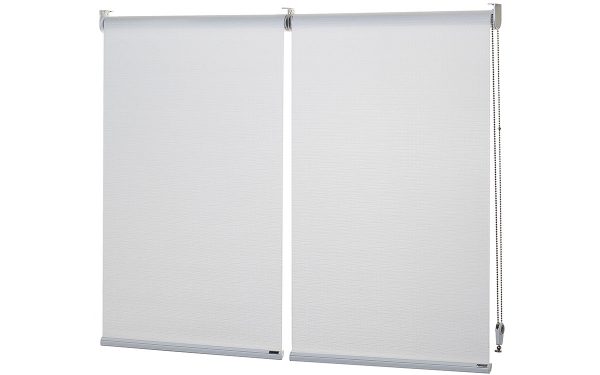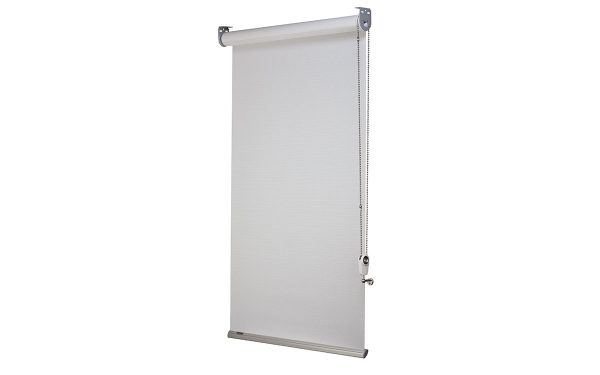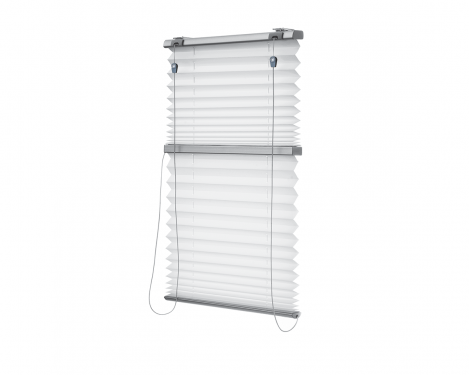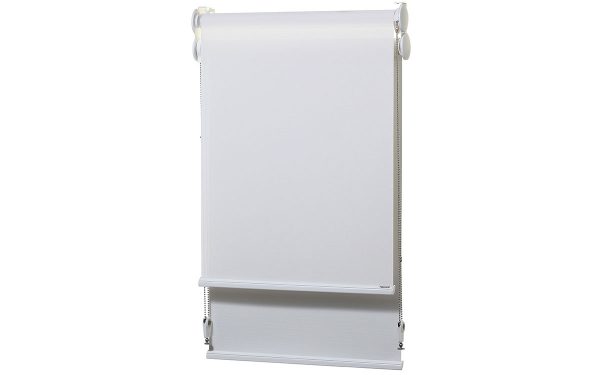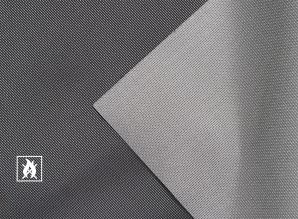NCC 2019 Section J: Windows, Window Coverings and Energy Efficiency
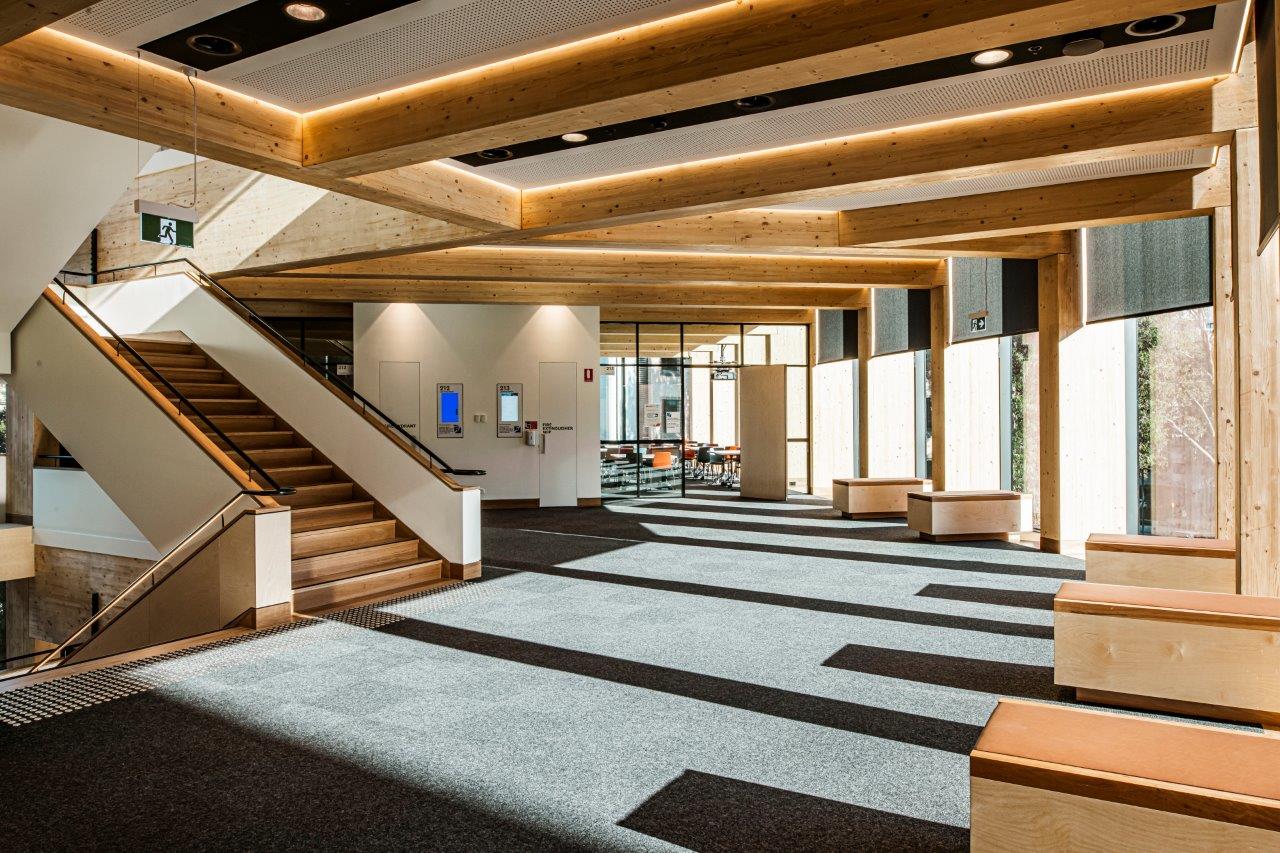
While NCC 2019 Section J deals with a wide range of building components, this whitepaper is concerned solely with energy efficiency as it applies to windows, and in particular window coverings, in commercial applications. It explains how specifiers can ensure they can employ ways to meet minimum energy efficiency requirements, then takes a step further and examines strategies to improve thermal efficiency of the façade beyond the requirements of the NCC.
Whitepaper Details
Opening the blinds on Section J and Beyond
The keystone of global climate change strategy since its introduction in 2016, the Paris Agreement aims “to limit global warming to below 2°C, preferably to 1.5°C, compared to pre-industrial levels by 2050.” It offers signatories two alternative pathways to this goal. First, and more ambitiously, to cut net carbon emissions by 65% annually until 2030, then continuing cuts until emissions reduce to zero in 2040. Or secondly, to cut annual net emissions by only 50% by 2030 and reach zero emissions in 2050.
The ramifications of not achieving these targets, are barely worth contemplating, so meeting them is not a question of if but when.
In Australia, after years of political impasse, there are signs that the Government is inching towards the zero emissions by 2050 target that many nations have already agreed to. Or perhaps more accurately, factors out of our control – like the election of Joe Biden and likely carbon tariffs from both the US and the EU – are pushing us in that direction.
To be sure, Australia has taken steps in the right direction. The National Energy Productivity Plan (NEPP), a state and federal initiative to increase Australia’s energy productivity by 40% between 2015 and 2030, is an example.
The plan includes a range of measures aimed at several industries including the construction sector. Changes to the latest version of the National Construction Code (NCC 2019) – and in particular Section J, the part of the Code concerned with the energy efficiency of new buildings – align it with the NEPP and place an onus on specifiers to improve energy efficiency.
